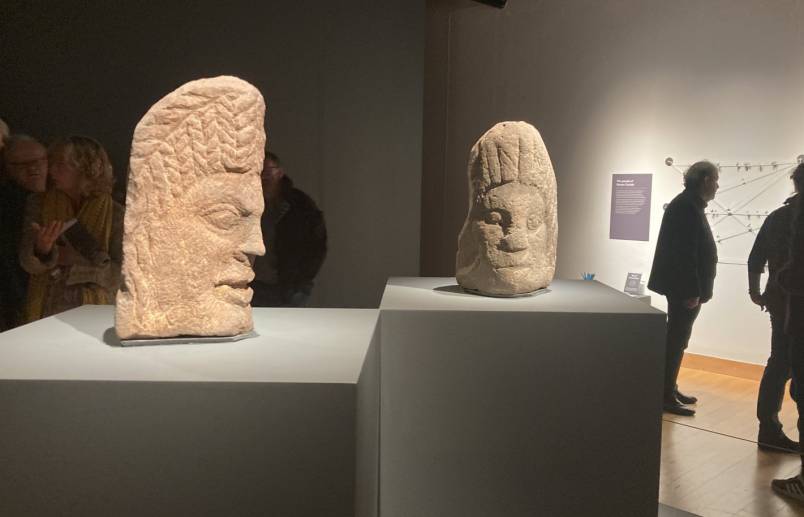DIGGING DEEP IN CARLISLE
Date Posted: 29th September 2023

DIGGING DEEP
Sometimes good things come out of bad. Carlisle Cricket Club was badly hit in the terrible floods in 2015 after their site north of the River Eden in Bitts Park was very badly affected. Their clubhouse, which was damaged beyond repair, needed to be demolished and rebuilt. A team of archeologists gathered in May 2017 to evaluate the site before planning could be considered. It quickly became obvious that the site, by a bend in the River Eden, very close to Hadrians wall, was holding some astonishing secrets. A sizeable Roman Bath House believed to be the largest Roman building on Hadrians wall was slowly and patiently revealed at the beginning of the dig helped by a growing number of enthusiastic volunteers as the news spread. Interesting objects, some that hadn’t seen the light for almost 2000 years, were discovered.
Now 6 years later after digging deeper and deeper with the help of more than 500 volunteers an astonishing collection of artefacts has been revealed and they are all beautifully displayed in a breathtaking exhibition at Tullie House in Carlisle. I spent a fascinating few hours last week at the opening and learned a lot from this brilliant presentation. I had no idea that drains are so important as holders of lost treasures. I once lost a shilling coin down a drain as a child who'd been sent to the chippie and got into a load of trouble for it. My small children once posted their newly knitted gloves from their grandma down the drain outside our house and I had to lie on the pavement with a garden rake to haul them out along with some very nasty stuff as well. The Romans lost coins, rings, gemstones, gaming counters, glass beads, needles and hair pins (is there nothing new under the sun?) and the largest collection of intaglios in the UK. It’s an interesting window into Roman lives.
As a contrast to all the precious little gems, the 2 sandstone heads in my photograph are huge and impressive and were initially uncovered by volunteers many of whom were at the opening. Nobody knows who they were but they left me quite emotional coming to the surface after centuries underground with the life of Carlisle happening and developing above them. Stone carvings like this were extremely rare in the Roman Empire and they are the first stone depictions ever to be discovered in Britain.
But I almost missed my favourite, a stone dolphin, which was pointed out to me by Frank Giecco the leading professional archeologist of the project who informed me that dolphins were often depicted in Roman bath houses adorning fountains.
This is a really important exhibition and great for Carlisle. Makes you wonder what is lurking below our feet.
The exhibition is open now until 11th November. (open Monday – Saturday 10am – 4pm). Don’t miss it.
